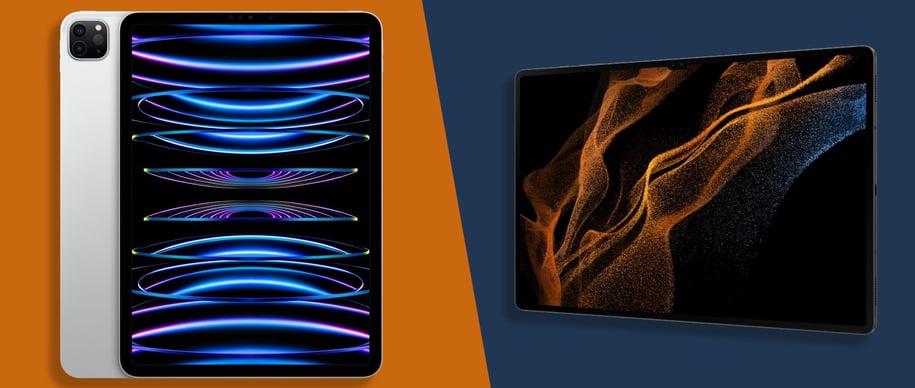Transforming Productivity: 7 Trends Shaping the Choice Between Samsung Galaxy and Apple iPad


Introduction
In today's fast-paced digital world, the efficiency of mobile devices has become paramount. As many pivot from traditional laptops to more versatile alternatives, Samsung Galaxy devices and Apple iPads stand out as significant contenders. This post reveals seven trends that demonstrate how customers can leverage these devices for enhanced daily productivity and superior performance.
1. Portability and Ease of Use
One of the primary factors influencing the choice between a Samsung Galaxy device and an Apple iPad is portability. Both options are lightweight and compact, making them ideal for on-the-go professionals. This trend signifies a shift from clunky laptops to sleeker, transport-friendly solutions that fit seamlessly into busy lifestyles.
2. Advanced Multi-tasking Capabilities
Users are increasingly favoring devices that allow seamless multitasking. The latest Samsung Galaxy tablets feature improved multitasking features, enabling users to run multiple applications simultaneously without compromising performance. On the other hand, Apple’s iPad offers Split View and Slide Over functionalities, which enhance productivity levels by allowing users to manage their tasks fluidly. This capability greatly positions both brands as viable laptop replacements for daily tasks.
3. Enhanced Battery Life
When it comes to productivity, battery life is a crucial consideration. The trend shows that modern consumers expect robust performance without frequent recharging interruptions. Samsung Galaxy devices boast impressive battery longevity, matched by Apple iPads that have optimized energy efficiency. Both devices now cater effectively to users who rely on extended usage throughout their busy schedules.
4. Quality of Displays
With a growing focus on media consumption in addition to work, the quality of displays has become a significant point of comparison. The Samsung Galaxy's vibrant AMOLED screens compete directly with Apple’s Retina display technology, both offering unparalleled viewing experiences for video conferencing, presentations, and leisure. This trend emphasizes the need for high-quality visuals in professional and personal settings.
5. Integration with Productivity Apps
As people seek effective tools to enhance productivity, the efficiency of applications on these devices is essential. Samsung Galaxy tablets offer access to a wide range of applications that integrate effortlessly with other productivity tools, while Apple iPads have the acclaimed App Store, offering numerous functionalities tailored for enhanced task management. This availability supports users in selecting the right platform for their professional needs.
6. Versatile Accessory Options
Accessories play a key role in making devices more functional. The trend reveals that both Samsung and Apple have developed an ecosystem of accessories, such as keyboards and styluses, that transform their tablets into laptop alternatives. Users can find high-quality solutions to adapt their technology seamlessly, facilitating a tailored work environment.
7. Price Point and Value for Money
Finally, price sensitivity in technology purchases cannot be overlooked. Both Samsung Galaxy and Apple iPad provide options at varying price points that cater to different budgets while maintaining high-quality performance. As consumers evaluate their choices, they increasingly seek devices that offer the best features for their financial investment.
Conclusion
The competition between Samsung Galaxy devices and Apple iPads exemplifies a significant shift in the way professionals approach productivity. Through the exploration of these seven trends, customers can make informed decisions about their next potential laptop alternative, ensuring their device aligns with their performance and productivity goals.
